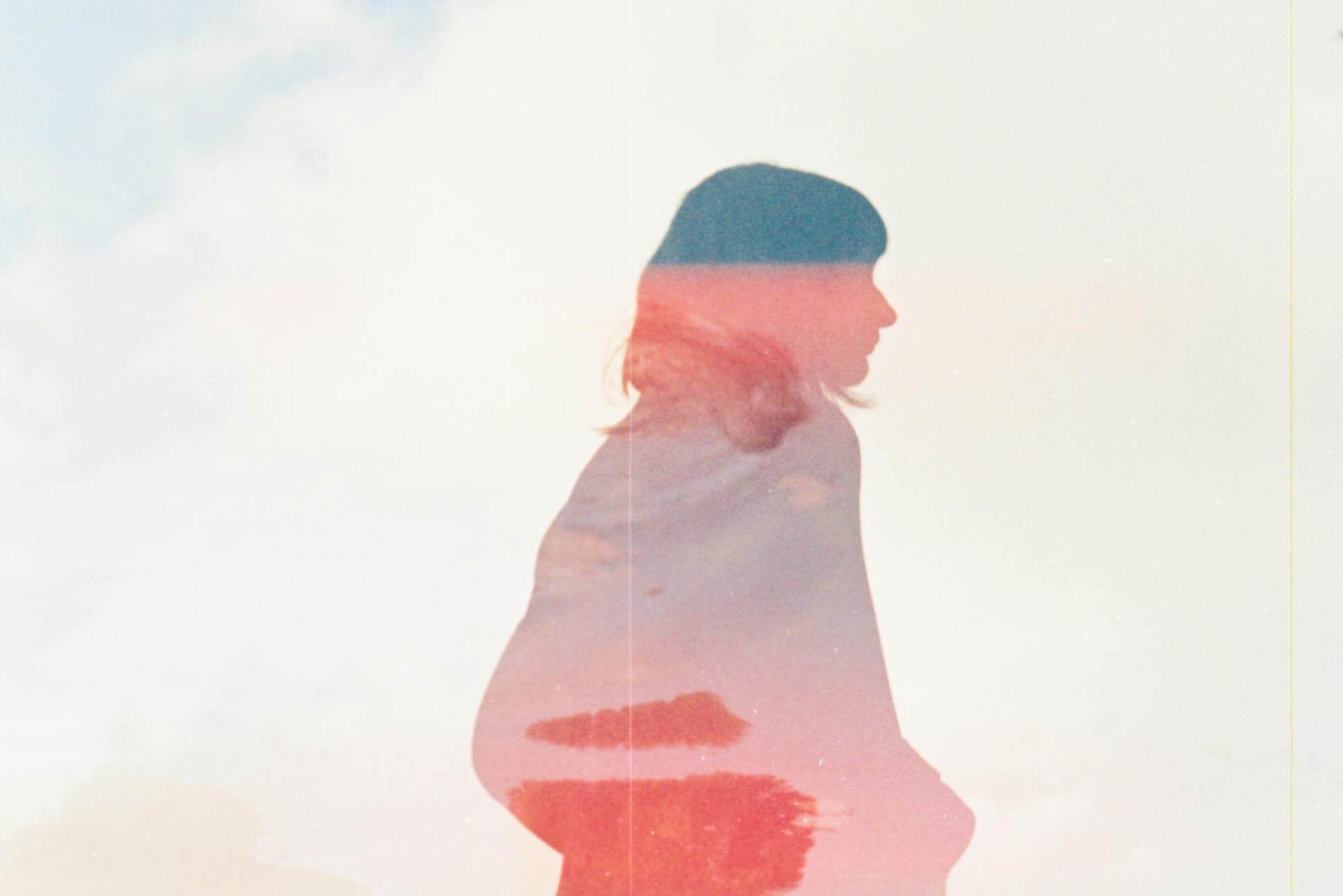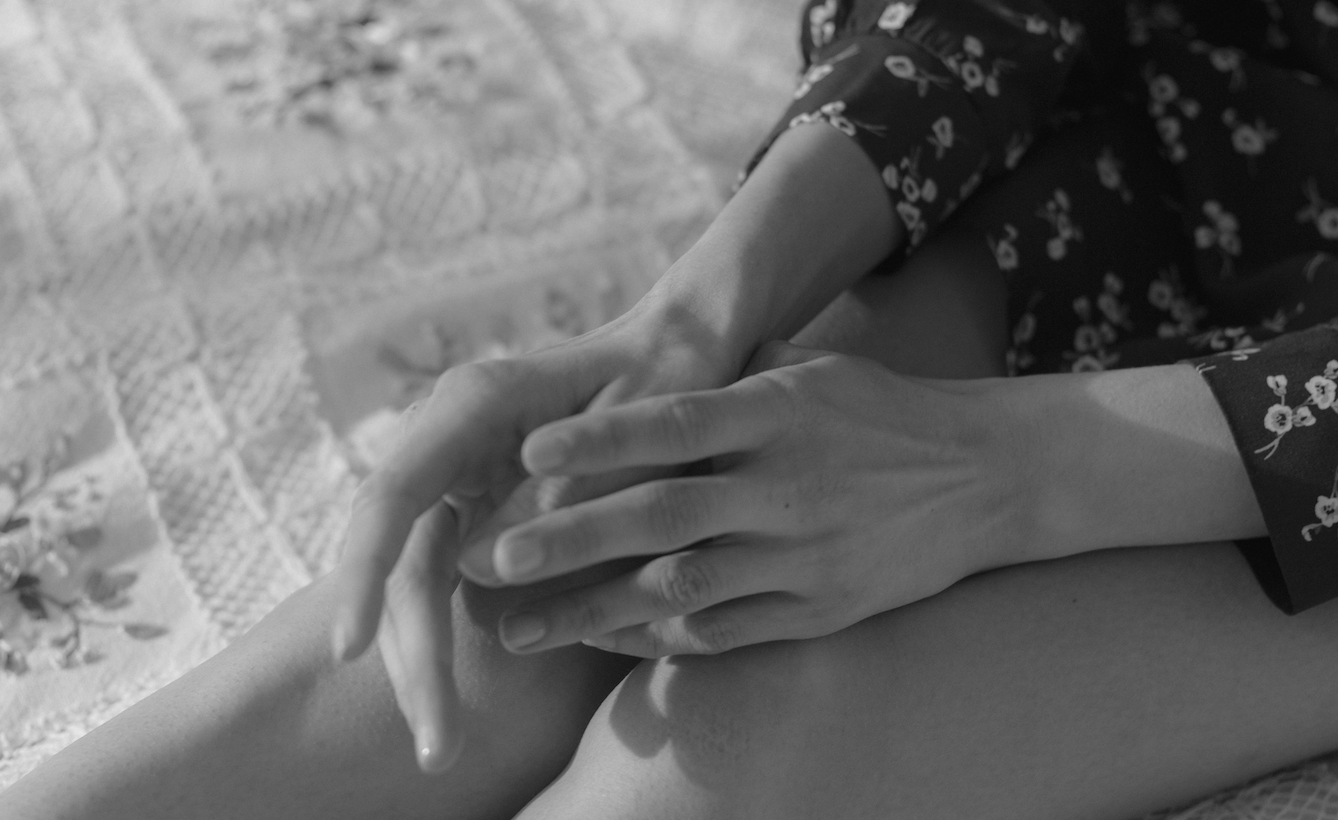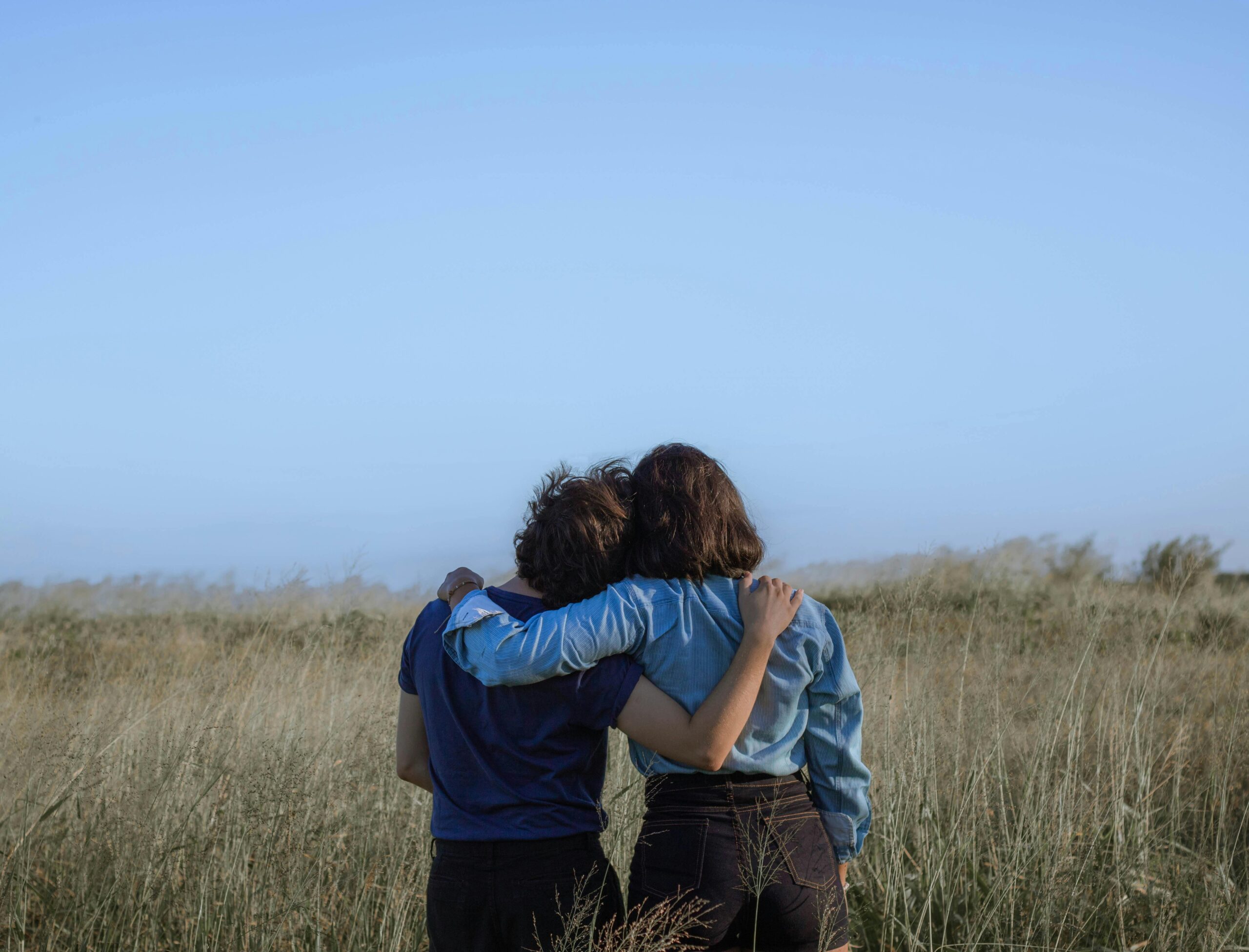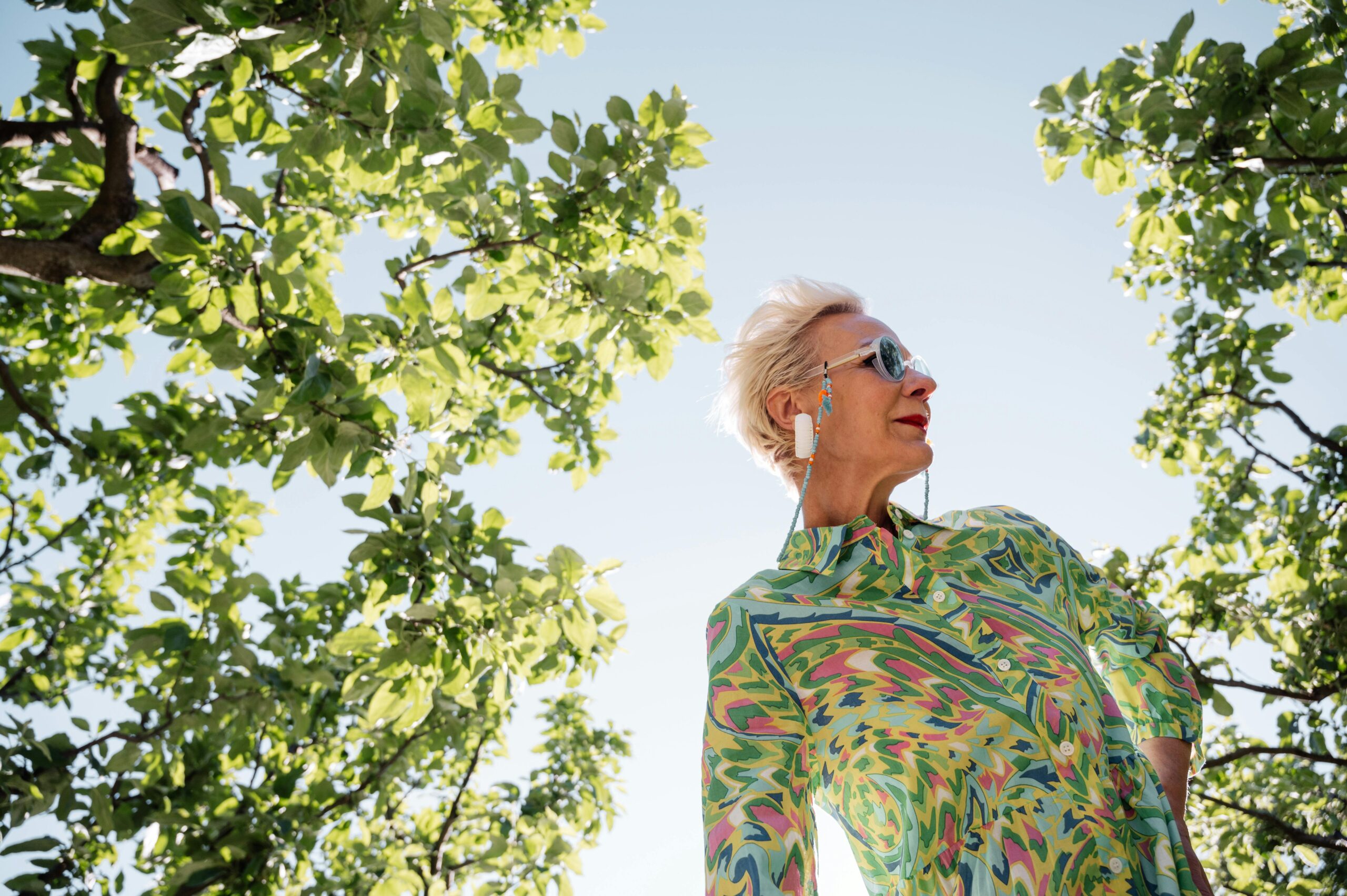
By Hendrika de Vries
When I was a little girl, my mother and I fused in a survival bond amidst tyranny and subversive activities in Nazi-occupied WWII Amsterdam.
I was a teenager when my family immigrated to Australia. A competitive swimmer, I found my way to adulthood in a culture that was foreign to my mother, and she and I battled as mothers and teenage daughters tend to do. I married, had children, and moved to the United States. I divorced, entered therapy, went back to school, and established my identity separate from her.
But no matter what life issues confront me, she is always there, a fierce internalized mother who nudges me on and says, “You can handle it.”
And I believe her, because as a little girl, I sucked her warrior strength and resilience right into my own flesh and bones.
A depth-oriented family therapist for over 30 years, I have marveled at the emotional strength and power of female resilience. Psychology describes resilient people as having a positive attitude that allows them to identify as a survivor and not a victim. Resilient people approach problems as challenges to be solved. They change course and reinvent themselves after misfortunes, and they open their hearts and minds to love and reengagement with the world over and over again. Resilience creates emotional freedom.
“You must always fight for freedom,” my mother said, teaching me more about female strength and resilience than all my courses in psychology.
I wasn’t always close to my mother. For the first years of my life, I was a daddy’s girl. Like many girls born when gender defined strict parental roles, I found my father’s life infinitely more exciting than my mother’s. I loved my mother, a traditional housewife who took care of my father and my needs, but it was my daddy who was my hero. I imagined him fighting mysterious “dragons” out in the world. He promised he would protect me forever, and one day, I would find a handsome prince just like him and live happily ever after.
I was five when my fantasy world shattered. It was WWII and Nazi troops occupied Amsterdam. My father, along with other Dutch military service men, was deported to a prisoner of war work camp in Germany by Adolf Hitler’s orders. Overnight, my ordinary mother, a housewife dependent on my father, became a single mom in a city that was now ruled by hatred, bigotry, and suspicion. Gestapo thugs were raiding homes to round up Jews, homosexuals, and able-bodied men who could be used as slave labor in Germany’s factories. Anyone suspected of creating a hiding place could face death. Freedoms disappeared at lightning speed. Even listening to the radio could get you shot.

It has been said that the human spirit may be most free to listen to its moral conscience when times are darkest. And history shows that in times of war, women’s strength suddenly becomes recognized. My mother, who overnight had become a solo mom with a 5-year-old, reached out to others who still valued freedom and human dignity. She joined the Resistance, and my learning process in female strength, civil disobedience, and resilience began.
Armed German soldiers with swastika armbands controlled our city. “Don’t let them make you afraid,” my mother said, holding my hand tight. She decided to hide a Jewish girl in our home. When questioned about her motivation, she shrugged and said, “Because I would hope someone would do the same for my daughter if circumstances were reversed.” I gained an older “stepsister,” with whom I curled up in my bed and grappled with my confusion why people wanted her dead. As a 6-year-old, my mind could not grasp bigotry. Seven months later, we were betrayed. I watched as she was dragged from our home in the dark of night and my mother interrogated at gunpoint by three Dutch Nazis. I heard my mother maintain, under threat of death, that she had “no connection to the Underground Resistance and no names to give.” It was then I learned you do not have to give in to bullies.
During the last six months of the Nazi occupation of Amsterdam, the Northwest of Holland was flooded, preventing access to surrounding farmlands and the rest of the country. A bitter cold winter and lack of food, gas, and electricity created a deadly famine that history books document as the Dutch Hunger Winter, during which 20,000 people died of starvation. It looked like my mother and I might not survive, but she still would not allow me to think of us as victims. We were the heroines in our own story of survival, and that, she taught me, demanded discipline.
A former Dutch running and speed walking champion, she practiced the athletic art of discipline that would one day also help me become a champion swimmer in Australia. She insisted we take charge of the small things that we could still control. Each morning, we made our bed, washed our faces and brushed our teeth — even though there was no soap or toothpaste — because that meant we, not the oppressors, were in charge. When in the final days, the only food left in our home was half a loaf of bread made from tulip bulbs, she rationed us to one slice a day.
“Honey,” she explained patiently, “I know you are hungry, but if we eat it all now, we will not survive. If we ration it, we will.”
Our war story had a happy ending. Both my father and my Jewish “stepsister” survived and returned. Many were not so fortunate.
I was 13 when my parents decided to immigrate to Australia and live a year in the Bush. Learning a new language was hard for my mother. It came easy to me. She clung to the old ways. I wanted to belong with Australian peers. Always seated in the front row of the bleachers at my swim competitions, she embarrassed me as I thought she might jump in the pool in her excitement to cheer me on. She did not hide her anger when I decided to marry rather than continue my training to become the Olympic champion swimmer she hoped I would be. We fought hard battles. She had modeled resistance too well. I married, had children, and moved to Denver for my husband’s career.
I thought my traumatic childhood had been left far behind, but the death of my father and the breakup of my marriage unleashed old wartime ghosts. I entered Jungian analysis, went on a spiritual quest, and embarked on a career as a therapist, where my past opened the portal through which I could reach out and help others. My mother was older now. Our boundaries established.
She died many years ago, but as I face the challenges of my own older age, I still turn to that fierce resilient woman who lives inside of me, and she gives me her strength.
War, tyranny and oppression thrust “ordinary” people like my mother into extraordinary situations that demand acts of resistance and defiance in order to survive and create a better world. My mother was not soft and fuzzy. She was a “warrior” woman. Like the warriors in the Civil Rights, the #MeToo, and the #NeverAgain movements, she taught me to imagine the possibility of a more just world and gifted me the tools to handle the challenges and help make it happen.

Author of ‘When a Toy Dog Became a Wolf and the Moon Broke Curfew,’ Hendrika de Vries’ life experiences, from the dark days of Nazi-occupied Amsterdam as a child, through her years as a swimming champion, young wife and mother in Australia, and a move to America in the sixties, have infused her work as a therapist, teacher, and writer. Hendrika holds a BA (with Phi Beta Kappa) from the University of Colorado, an MTS (cum laude) in theological studies from Virginia Theological Seminary, and an MA in counseling psychology from Pacifica Graduate Institute. Read more on www.agirlfromamsterdam.com.

















One thought on “Resistance and Resilience: My “Warrior” Mother’s Gifts”